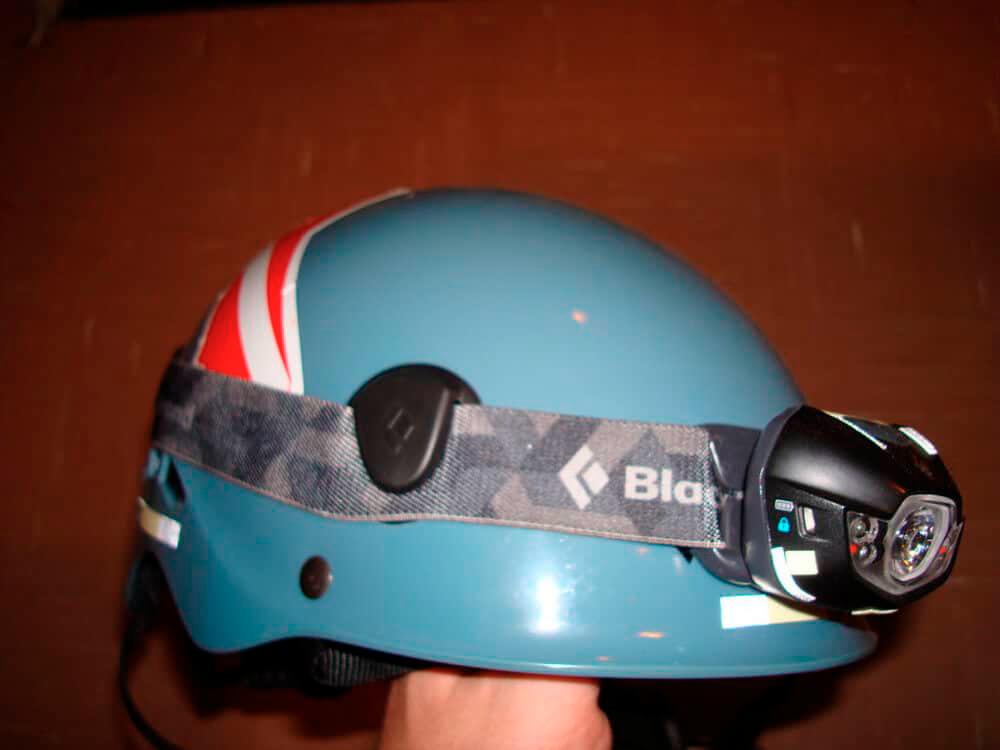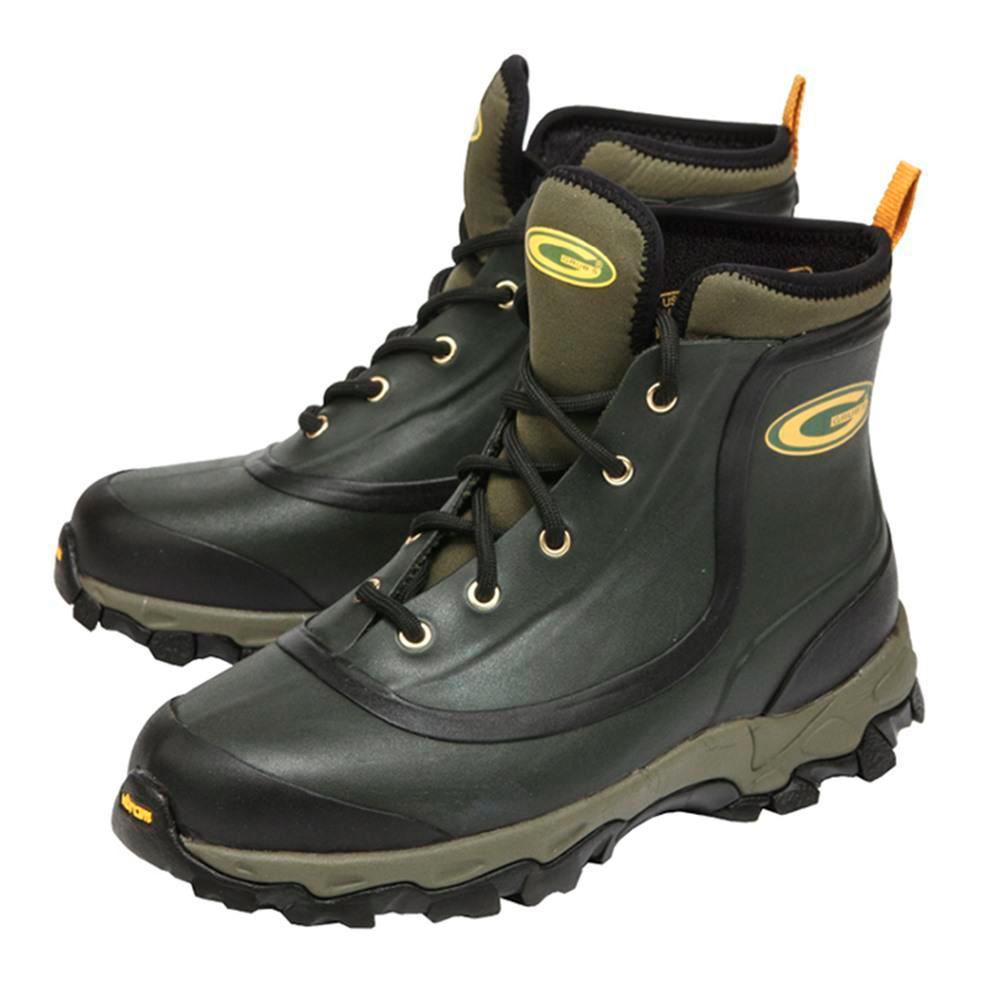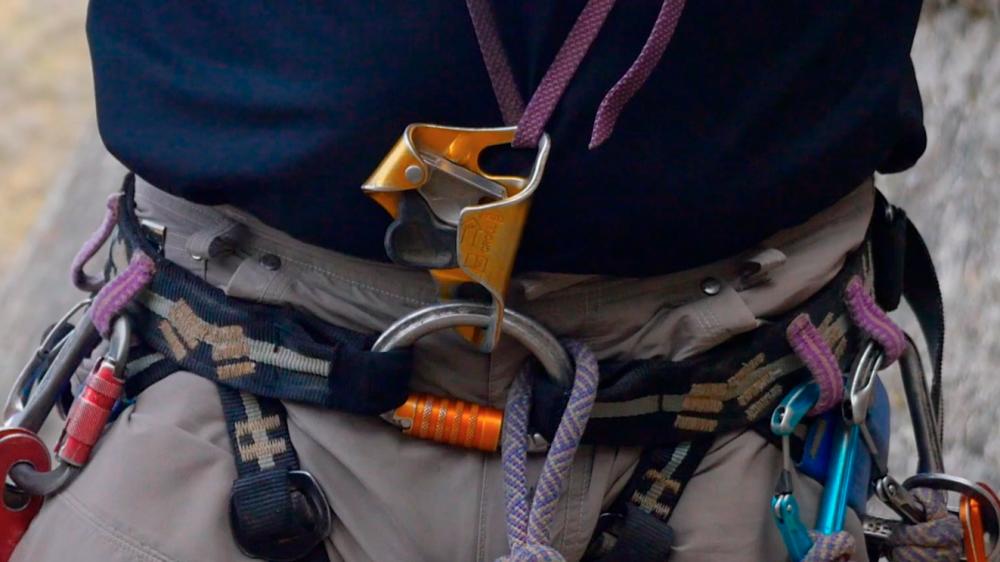EXPLORING a cave can be a fascinating experience as long as it’s done safely and smoothly. Caving, also known as spelunking, requires individuals to be in good health, and fit enough to endure hiking over uneven surfaces, crawling through small spaces, usually on their hands and knees, and often wading through chilly waters. So you might also need proper tools and equipment in order to assist you.
There are a few pieces of caving equipment that you will need to have in order to explore caves safely. Caving equipment includes a helmet, harness, flashlight, and most importantly, rope. An ankle leash is also recommended for your safety.
Before you set out on your journey, you need to make sure that all of the caving equipment you will be using is in proper condition. This is because each piece of gear is designed to fulfill a particular function. So make sure all the equipment is working perfectly before you venture out on your adventure.

Helmet
The helmet is the most essential piece of caving equipment that you need. Your head might accidentally hit the cave wall, which can result in severe injuries such as concussions and bleeding. It also provides protection from rocks and any falling debris that you may encounter during your exploration. Wearing a helmet that is attached together with lights will also make it easier for you to see and navigate in the cave. Find a helmet that fits properly on your head so that it will remain secure while you are exploring.
Lights
One of the most important cave pieces of equipment. Without lights, what can you see in these pitch-black areas? Three light sources are recommended, at a minimum. At least one of these should be an attachable light for the helmet. The idea is that your primary lights should be large and bright enough to allow you to go through the cave easily, while the backup light should be bright enough to get you out, but is not something you would want to rely on. Never enter a confined space without a headlamp or head torch.

Footwear
The ideal types of cave footwear are lightweight, flexible hiking boots with solid ankle support and superior traction. When caving, you may encounter loose rocks, muck, and dirt, as well as spots that are especially slick. Some military boots may also be suitable, but it is vital not to invest too much money if you only want to cave once or twice. If so, you may want to try purchasing boots from a used clothes store, like a bundle shop.
Another crucial suggestion is to avoid wearing running shoes, tennis shoes, or sneakers, as these shoes lack sufficient traction and ankle support for all but the driest conditions. Mountaineering boots are typically costly, but more crucially, they are significantly less flexible.
Clothes
Plan to wear layers of warm, comfy clothing, especially long underwear, because caverns are often chilly. Cotton gear should be avoided by cavers since it absorbs and retains more water than synthetic materials, and will make you uncomfortable more quickly. The entirety of your body must be covered in wool or synthetic materials such as polypropylene and polyester. Any form of worn-out jeans or rough pants may be worn, as well as a long-sleeved shirt, synthetic underwear, wool or synthetic socks, a fleece jacket, a windbreaker or raincoat, and synthetic bras for women.
Harness and climbing gear
Despite the fact that a rock climbing harness can be used with some types of caving ascending systems, it is not appropriate for a number of reasons, including its low longevity and high attachment point. There are numerous manufacturers of seat and chest harnesses designed specifically for caving. Padding is typically absent from caving seat harnesses since it can absorb and retain water, adds weight and bulk, and is typically unnecessary given that cavers typically wear multiple layers of clothing.
Optional
Glow sticks are not an appropriate source of light for cave navigation. However, these simple things can light up for up to twelve hours and can be used as guidance signs. Reflective, coloured flagging tape is another smart option, but be sure to bring it back with you on your return journey.
If you intend to take photographs inside the cave, you may choose to invest in a disposable or waterproof camera. You could use your smartphone, which can also serve as an emergency light source or compass, but safeguard your costly device by placing it in a plastic bag when not in use. And finally, you’ll need a backpack to house all of your gear and supplies. Remember that the more you pack, the more you will have to carry.














